You’ve set your robot vacuum loose, only to find it stalled, staring helplessly at a doorway threshold that might as well be a mountain. What should have been a seamless clean across your home turns into a one-room job.
So, can robot vacuums actually go over thresholds? The short answer is yes, but only if the robot’s technology allows it. The ability to climb is not universal; it depends entirely on how the machine is built.
In this guide, you’ll learn exactly what separates a frustrating, limited clean from a truly autonomous, whole-home solution. We’ll answer: Can robot vacuums climb thresholds? How high can most robot vacuums climb? Why do they get stuck? What innovations are powering next-generation robots? And what practical fixes are available to homeowners right now?

How High Can Most Robot Vacuums Climb?
The industry standard is clear: most robot vacuums can climb obstacles up to 2 cm (0.8 inches). This is enough for basic thresholds and low transitions, but not enough for homes with taller steps or sliding door tracks.
Here’s what that 2 cm clearance translates to in your home:
- Single-step transitions – such as doorway strips between hardwood and tile.
- Double-layer tracks – common with sliding glass doors.
- Rug edges – especially medium-pile carpets that create a noticeable lip.
For each of these, width matters. Narrow thresholds are easier to cross; wider transitions require sustained grip and motor strength.
Why Robot Vacuums Get Stuck
Most robot vacuums get stuck at thresholds for two primary reasons: a physical design limitation and a software safety feature that misinterprets the obstacle.
- The Physical Design Limit (The "2-Centimeter Plateau"): This is not an accident; it’s a design compromise. Robot vacuums must remain low-profile enough to clean under furniture. Increasing their ground clearance to climb higher would make them too tall, preventing them from doing a key part of their job.
- The Software Safety Feature (The "Cliff Sensor Problem"): Cliff sensors are designed to prevent the robot vacuum from falling down stairs. However, these sensors often misinterpret dark or high-contrast thresholds as a dangerous drop. Even if the robot vacuum is physically capable of making the climb, its software will refuse to proceed as a safety precaution.
To truly clean an entire home, a robot vacuum must move beyond these limitations. That’s where next-generation climbing technology comes in.
How Robot Vacuums Go Over Thresholds: From Basic to Next-Gen
To move beyond these limitations, we need to look at how robot vacuums are engineered to climb, starting with the basics and leading up to the breakthrough technologies that redefine what whole-home cleaning really means.
The Foundational Mechanics of the Climb
A robot vacuum's ability to physically climb over an obstacle comes down to three core design elements working in concert:
- Wheels for Leverage and Grip: Large, rubberized wheels with deep treads are crucial. They provide the leverage needed to lift the vacuum's body and the grip required to prevent slipping on the threshold's edge.
- Motor for Sustained Power: A strong motor delivers the torque (rotational power) needed to push the robot upward without stalling. This sustained power is what keeps the wheels moving against the resistance of the climb.
- Clearance to Avoid Getting Stuck: Ground clearance is the space between the floor and the robot vacuum's underbelly. Sufficient clearance ensures it can pass over the peak of the threshold without its body snagging or getting "high-centered" (stuck with its wheels off the ground).
The Evolution of Climbing: From Standard Performers to Active Traversal

A robot vacuum’s climbing ability falls into different categories based on its underlying technology. Here’s a table to help you identify which tier best matches your home.
|
Climbing Tier |
Best For This Type of Home... |
Key Robot Vacuum Technology |
|
Standard |
Homes with low, simple thresholds (under 2cm / 0.8 in) and transitions to low-pile carpet. |
Basic wheel and motor power. |
|
Enhanced |
Homes with thicker, medium-pile carpets or slightly higher, rounded thresholds. |
Optimized passive mechanics (larger wheels, stronger motors). |
|
Active Traversal |
Homes with challenging high thresholds, sunken rooms, or complex obstacles like sliding door tracks. |
Actively adapts its body to the obstacle. The leading example is the Dreame Pro Leap™ System, with its Robotic Retractable Legs. |
Here’s what these tiers mean:
- Standard Performers: Reliable for basic layouts, but the 0.8in (2cm) limit remains.
- Enhanced Robot Vacuums: A better choice for homes with layered flooring or medium rugs.
- Active Traversal Technology: The breakthrough. By physically adapting to obstacles, these robot vacuums achieve the holy grail of home cleaning: seamless, uninterrupted coverage across every room.
The Dreame Pro Leap™ System is the prime example. Its Robotic Retractable Legs actively lift the vacuum’s body to cross higher thresholds and then retract for low-profile cleaning under furniture.
This prevents the robot vacuum from getting stuck. It represents a leap beyond passive mechanics into active, intelligent mobility. The Dreame Pro Leap™ System features an impressive shock absorption system, which prevents collisions and keeps noise levels low.
Solutions for Homes with High Thresholds

Not every homeowner is ready to invest in next-gen technology right away. Here are the best solutions based on your situation:
Option 1: Assist the Robot Vacuum You Already Own
If your robot struggles with thresholds, you can help it along:
- Ramps: Off-the-shelf rubber ramps offer grip, while wooden ramps blend with flooring.
- DIY fixes: A plywood strip or low-pile mat can create a smoother transition.
These solutions are affordable but require setup in multiple spots.
Option 2: Choose a More Capable 'Standard' Robot Vacuum
For budget-conscious buyers or homes with modest thresholds:
- Measure first: Find your highest threshold and add a margin before shopping.
- Check specs: Look at “maximum obstacle clearance” in product descriptions.
- Prioritize wheels: Larger, rubberized wheels give your robot the best chance at climbing.
This ensures your purchase matches your home’s needs.
Option 3: Invest in a True "Set-it-and-Forget-it" Solution
For homeowners with complex layouts or high thresholds, the only true solution is to go fully autonomous.
Robot vacuums featuring Active Traversal technology, like Dreame’s Pro Leap™ System, eliminate the need for ramps or manual intervention. With adaptive legs and advanced mobility, these robots transform the cleaning experience into what it was always meant to be: effortless and complete.
Our Threshold-crossing Picks
X50 Ultra. Being the world’s first robot with Robotic Retractable Legs, the X50 Ultra glides over obstacles up to 2.36 inches (6 cm) high. Its shock absorption system minimizes noise and prevents harsh impacts, letting it climb over door tracks, double-layer thresholds, or U-shaped furniture smoothly and quietly.
Aqua10 Ultra Roller. It introduces the Triple-Wheel AgiLift™ chassis, which adapts its three wheels to lift and shift across obstacles. It climbs up to 3.15 inches (8 cm) high while effortlessly transitioning through carpets as deep as 1.18 inches (3 cm), delivering continuous cleaning no matter the flooring. Ideal for homes with plush carpets or thicker flooring transitions.
L50 Ultra. It reliably clears obstacles up to 2.36 inches (6 cm) and single vertical steps up to 1.65 inches (4.2 cm). Its retractable legs are engineered for durability, tested for over 30,000 cleaning cycles, and its shock-absorbing design ensures bump-free, whisper-quiet operation.
Conclusion: Crossing the Threshold to a Truly Clean Home
A robot vacuum’s climbing ability is not a minor detail; it’s the difference between a one-room novelty and a whole-home cleaning solution. While most models manage basic thresholds, advanced technology is required for homes with taller transitions.
The single most important step? Measure your home’s highest threshold. From there, you can decide whether a simple ramp, a capable standard model, or a next-gen solution like Dreame’s Pro Leap™ is right for you.
With the right choice, you can finally enjoy a set-it-and-forget-it clean; no interruptions, no stuck robots, no unfinished jobs.
FAQ
Can robot vacuums go over rugs and carpets?
Yes, most can handle low- to medium-pile rugs, but shag or thick carpets may be an issue unless the robot has enhanced or active climbing features.
Can robot vacuums go over cords?
Not reliably. Thin cords may be crossed, but tangling is common. Cable organizers are the safest fix.
Do robot vacuums go over transition strips?
Yes, if they fall under the 2 cm (0.8 in) standard. Wider or higher strips may require an enhanced or active traversal model.
Can robot vacuums climb stairs?
No, not yet commercially. While stairs remain outside the immediate capabilities of robot vacuums currently on the market, advanced prototypes and systems, such as Dreame’s Bionic Quad Track Stair Climbing System, have been announced and demonstrated. These innovations aim to make multi-story autonomous cleaning a reality in the near future.















































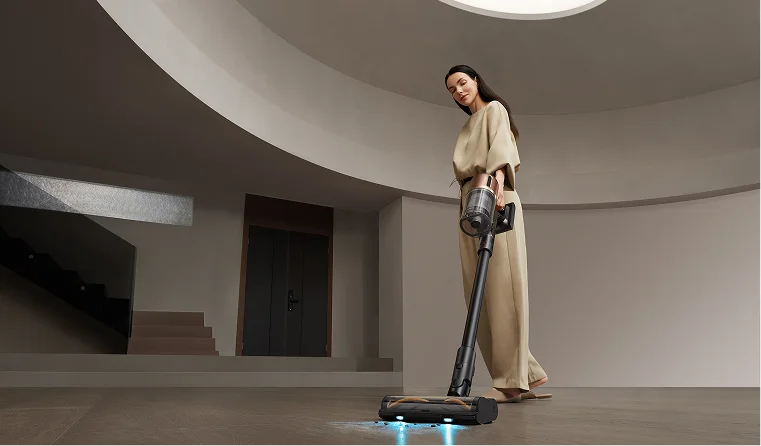
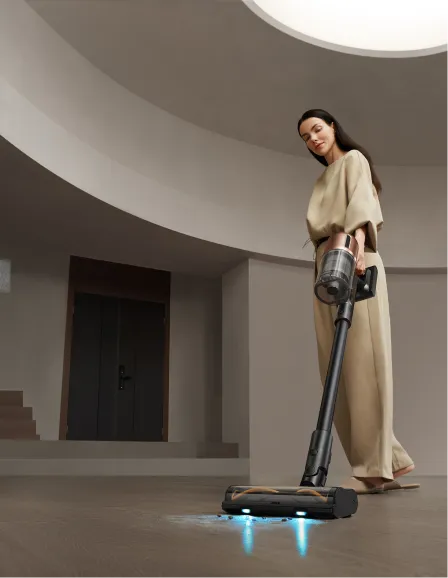
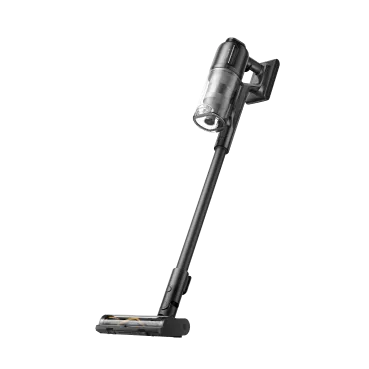
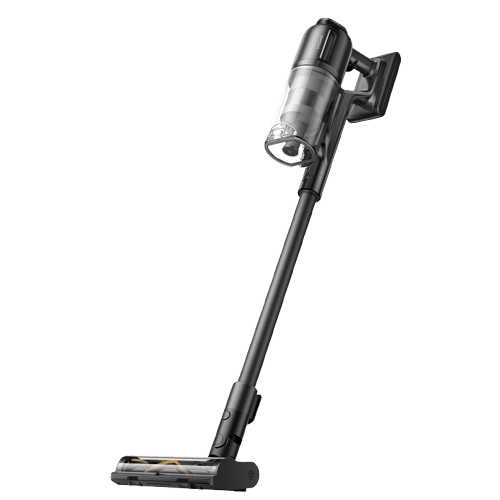
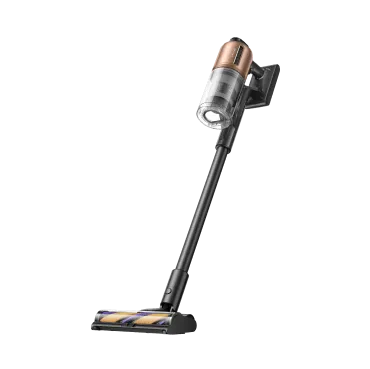
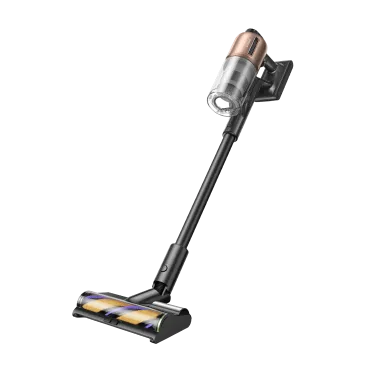
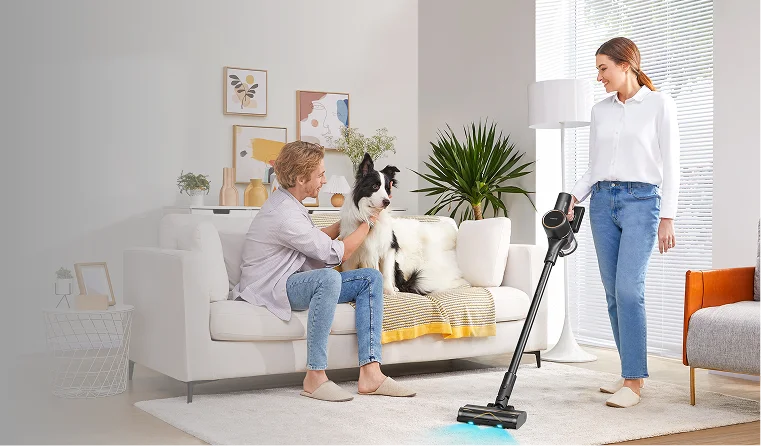
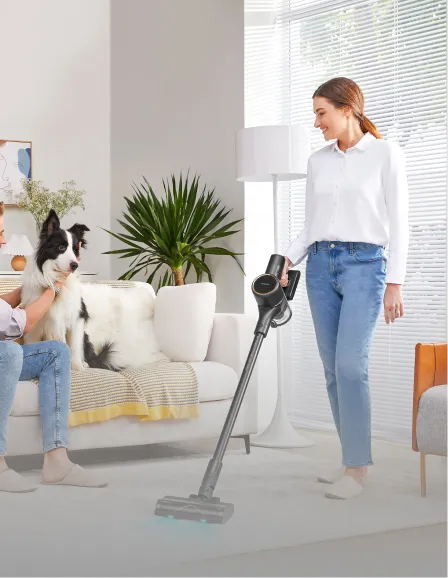
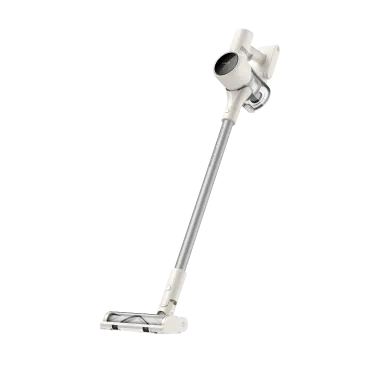
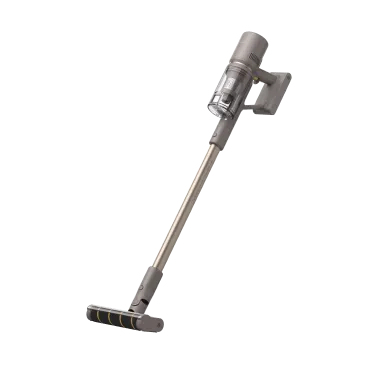
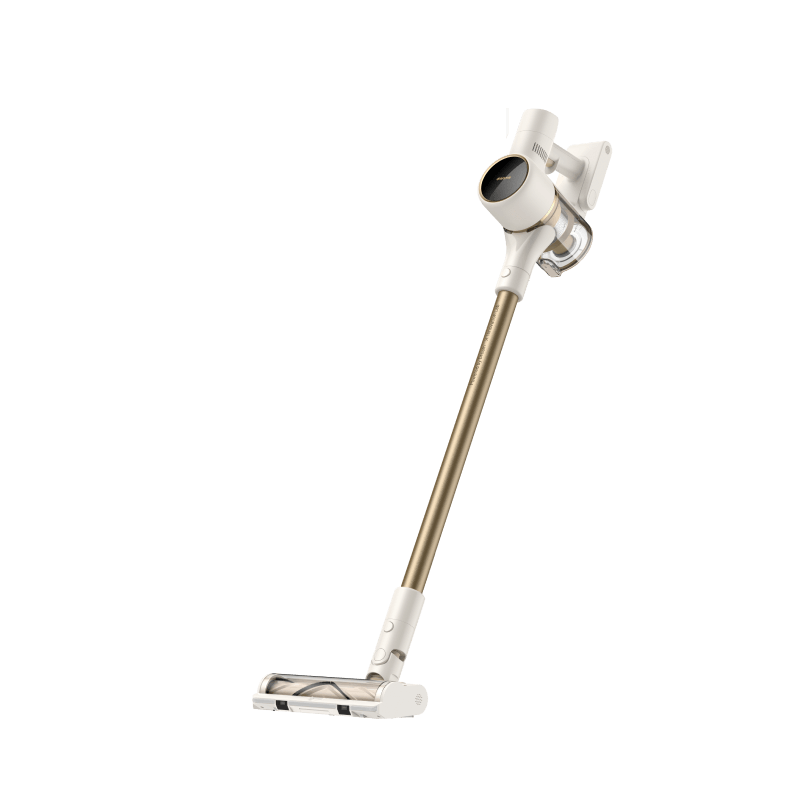
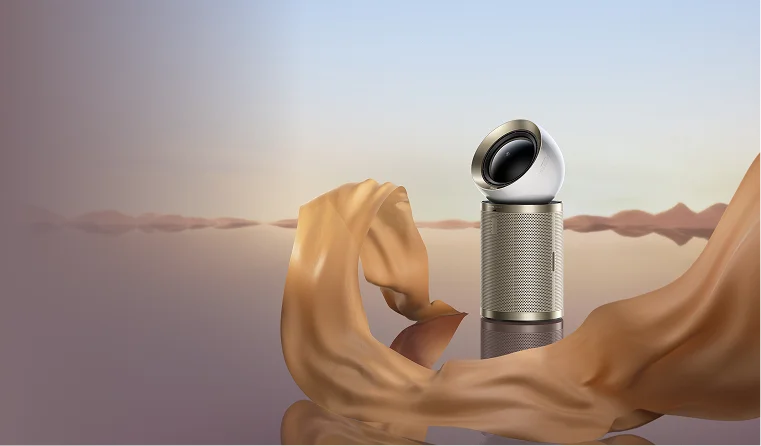
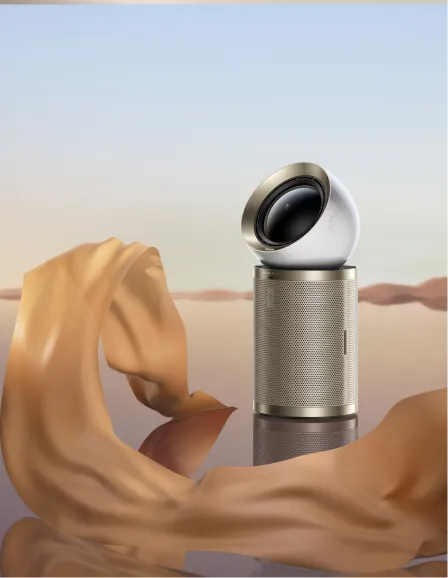

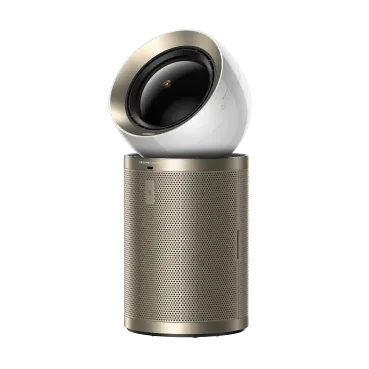

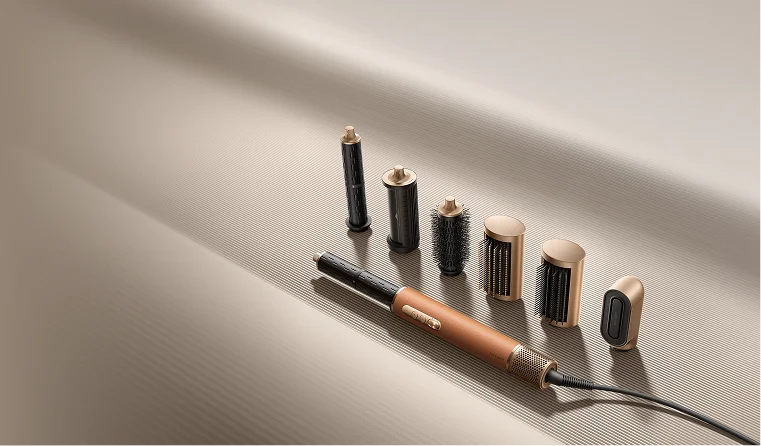
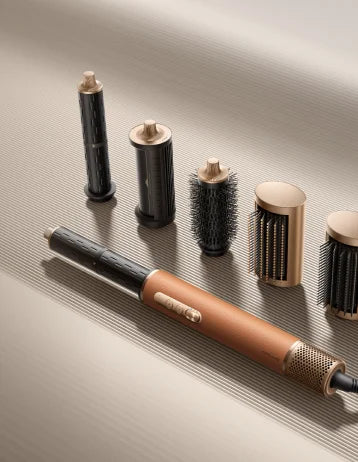
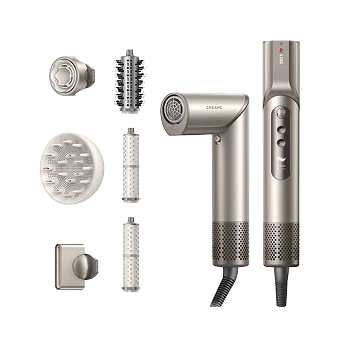


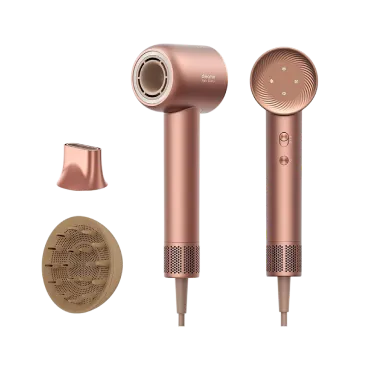
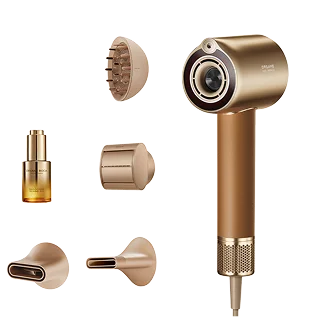
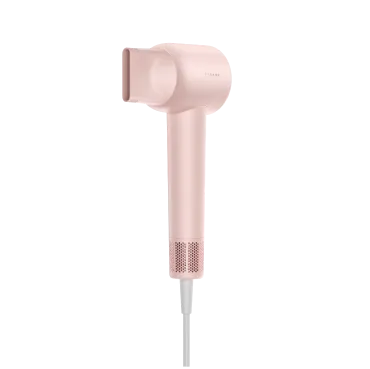


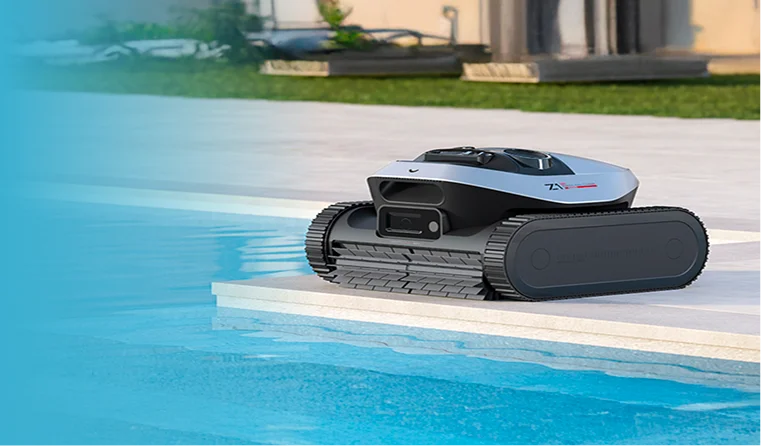
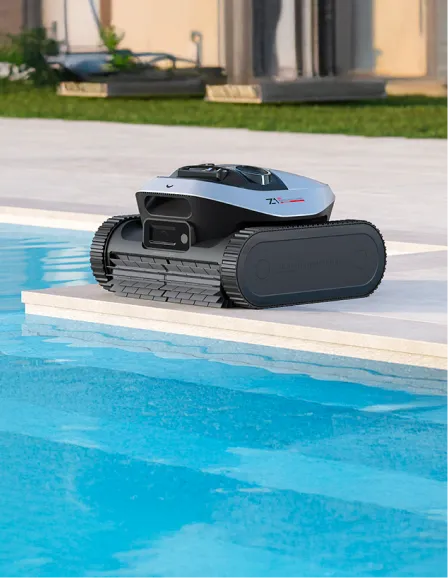
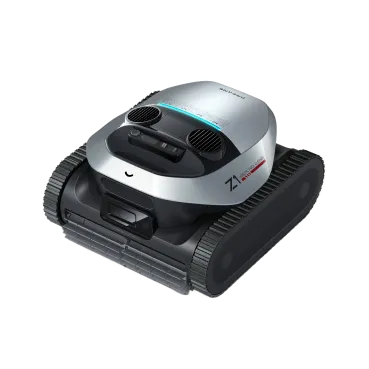
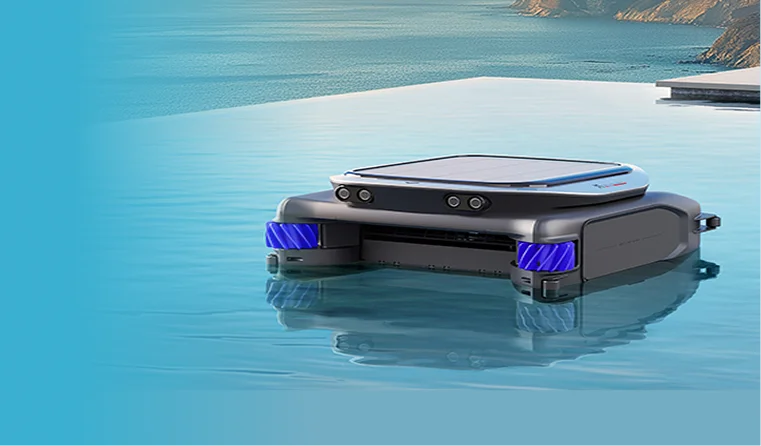
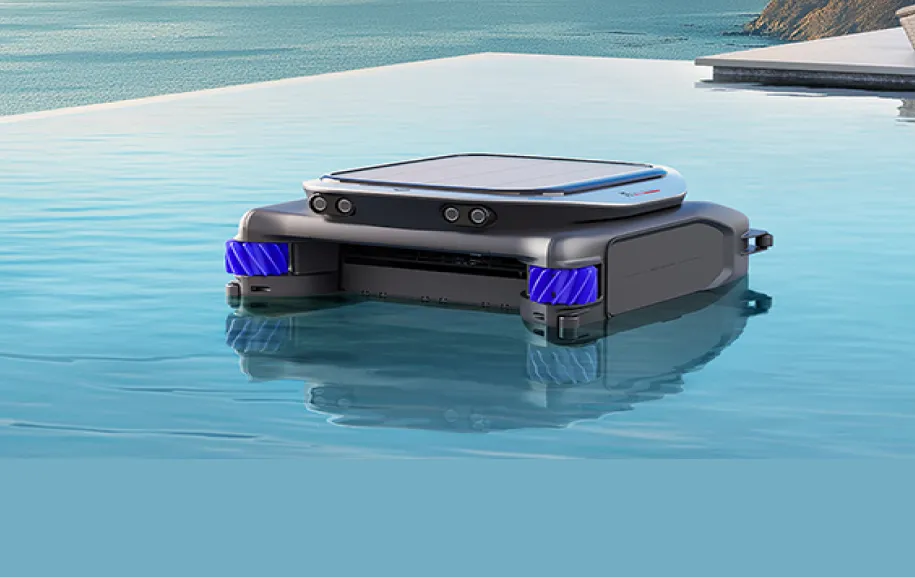










 Australia
Australia 中国大陆
中国大陆 日本
日本


 Türkiye
Türkiye


 Italia
Italia
 Netherlands
Netherlands Belgium
Belgium
 Greece
Greece Polska
Polska
 Norway
Norway
 Sweden
Sweden
 Finland
Finland
 Denmark
Denmark
 Hungary
Hungary Czechia
Czechia
 Slovenia
Slovenia
 Croatia
Croatia
 Switzerland
Switzerland United Kingdom
United Kingdom
 Canada
Canada

